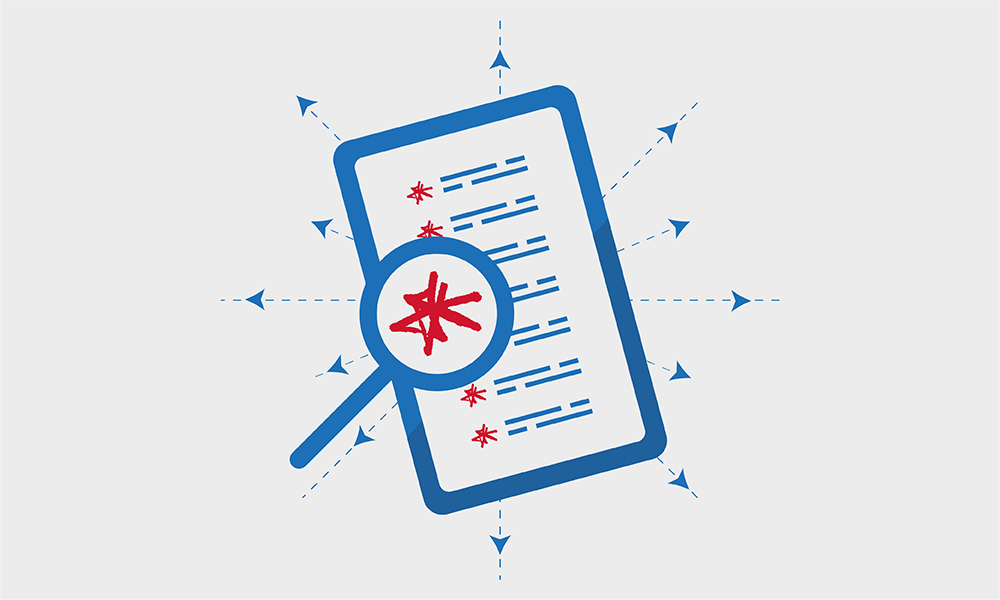The importance of the Creative Brief

The average creative agency deals with hundreds of documents over the course of a working week – and tens of thousands over the course of a year. Of all these documents, one of them stands alone in terms of importance – but inexplicably, it’s often the one that’s respected the least.
I’m talking about the Creative Brief.
Fundamental to the wellbeing of an agency. And fundamentally mistreated.
Now don’t get me wrong, an agency’s survival always boils down to its financial strength – which is why the accounting paperwork enjoys the lip service it does. Rate cards. Retainers. Reporting. Crucial, one and all.
But ask yourself what it actually is that draws business into an agency in the first place.
Costings, of course, play their part. But it’s inspiration that seals the deal. Creativity.
Brands buy into creativity first
It’s the reason why, whatever an advertising/marketing shop’s area of expertise is, we pretty much all refer to ourselves as a ‘creative agency’. And this is because it’s undoubtedly the best bait to go fishing with.
It’s our creativity that keeps existing clients sticky, ensuring the cash keeps flowing in. And it’s what continues to draw in fresh opportunities – further fattening agency wallets in the process.
This is a key point for us all to remember. The document that ultimately drives the greatest commercial value is nothing to do with commercials.
(Apart from the ones you watch, of course.)
There’s another point that also needs making. And it’s this. As the most important document in the agency, the creative brief must also be the most loved.
Researched. Respected. Written. Re-written. Re-re-written. Fought over. Given the time it deserves.
‘Garbage in, garbage out’ is a well-coined phrase in our world, but it’s 100% true. Exceptional creative work is only EVER the product of an exceptional creative brief.
Thirst for creativity is a proven theory
During the zenith of the iconic London agency, Harrison Troughton Wunderman, the Executive Creative Director, Steve Harrison, refused creative briefs entry into his department if they weren’t solid gold.
In fact, if a job came into HTW with a two-week turnaround, roughly a week and a half of this time was spent developing the brief.
The result was an incredible document. And these incredible documents worked: HTW produced consistently amazing creative, an endless sea of awards, new business off the back of a stellar reputation, and some of the healthiest-looking coffers in Adland.
The same principle that took HTW to the top of the tree over fifteen years ago, applies to this day.
Garbage in, garbage out. Gold in, gold out.
Simple, really.
Less simple, however, is the actual construction of these golden docs.
How to write a creative brief
Make your most important document your best document
This is a complicated subject.
And as this blog is about the importance of the creative brief, not about how to construct one, I won’t go into detail. But in simplistic terms, developing a brilliant creative brief (and they are developed, not just written) is about doing four core things brilliantly.
- Researching your product properly
- Researching your audience properly
- Figuring out the key link between your audience’s problem and how the thing you’re flogging can solve it
- Figure out the simplest, most compelling way of saying it (this is your creative proposition – the star of the show)
There are times when a client demands that multiple things need saying. But good agencies push back.
Our role is to tell consumers or businesses the one thing they need to hear, rather than the several things a brand wants to tell them.
The best briefs are single-minded. Throw a tennis ball at someone, and they’ll catch it. Throw six at them, and you’ll see what happens. The consumption of information works in exactly the same way.
A brief saying a single thing well gives an audience every chance of making the catch.
The one point worth making twice
The development of a strong brief does 90% of the job. It means that the creatives’ only real role is to dramatise the focused, considered information within it. This kind of infomakes the creative task easy. Work becomes brilliant. People start wanting more of it. They pay for it. They love it. The agency prospers. Everyone’s happy.
And that’s why, when it comes to importance, no other document even comes close to the creative brief.
About Mike
Mike Watson
Creative Director